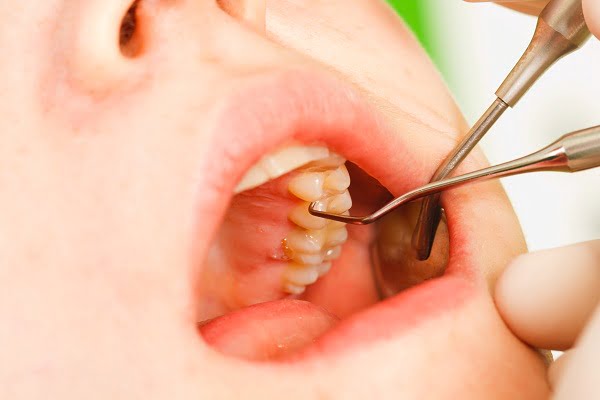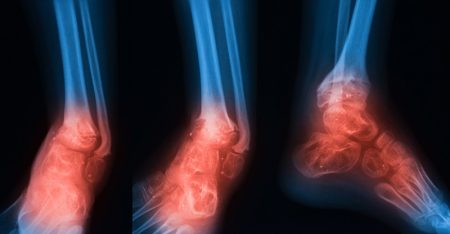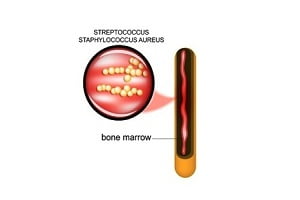DiseaseFix’s every article is examined by board-certified medical professionals to ensure that details on conditions, symptoms, treatments, and protocols comply with current guidelines and recent research. Our content is also written, verified, and approved by a team of experienced writers, editors, clinicians, and other experts.
An Overview on Jawbone Infection
- Updated on: Jul 11, 2024
- 2 min Read


What is jawbone infection?
A simple jawbone infection is quite common and could be caused by a bacteria or fungi when a dental cavity remains untreated. If left untreated, the infection can travel into the jawbone and can cause serious health issues.
Most of the infections in the jaw are usually treated simply with standard antibiotics. In severe cases, surgery is performed to stop the infection from spreading into the bones. But sometimes, a jawbone infection is very difficult to treat, more stubborn and aggressive. This is the result of your limited immune system in some way.
People who had any trauma to their jawbone or been suffering from periodontitis (gum infection) are at greater risk of this infection. People getting radiation treatment for jaw cancer or having biophosphonate medication for osteoporosis, are also at risk of getting jawbone infection, since these conditions reduce the resistance of jawbone to the infection.
What are the symptoms of a jawbone infection?
Jawbone infection symptoms may include such as:
- Pain in the mouth or jaw
- Redness
- Swelling
- Pus draining from the area
- Jaw stiffness
- Tooth loss
- Fatigue
- Fever
- Headache or neck ache
What causes jaw bone to be sore?
Various causes for jawbone to be sore may include such as:
- Jawbone infection
- Osteomyelitis of jaw bone
- Osteonecrosis
- Temporomandibular Joint Disorder (TMD)
- Sinus problems
- Tooth pain
- Trigeminal neuralgia
- Cluster headaches
- Heart attack
Can you get osteomyelitis in your jaw? What causes infection in the jaw bone?
Osteomyelitis in the jaw can happen in the jaw bone which is not in direct contact with a tooth. This kind of infection may start on the root of a dead tooth, but in osteomyelitis, it spreads away from the tooth to infect the neighbouring bone mass. This is the most common cause of jawbone osteomyelitis.
The other causes can be traumatic jawbone fracture, where the gum inside the mouth gets ripped by the broken bone. This allows bacteria from the skin surface or from the mouth to enter the traumatic wound.
Osteomyelitis generally occurs more frequently in lower jaw, where general blood supply is lesser relative to other regions. Therefore, there are more chances of the infection getting established in this space.
In this condition, pus from the infection build up, putting pressure on blood vessels which reduces the blood supply which was already poor, worsening the condition further more. The affected person generally feels numbness in the lower lip and chin of the affected area. There is lack of jaw and neck mobility during and after the infection.
Treatment of jawbone osteomyelitis is possible with the help of antibiotics, surgery and hyperbaric oxygen.













2 Comments
Thanks for your post. I also feel that laptop computers have grown to be more and more popular these days, and now will often be the only sort of computer utilised in a household. This is because at the same time potentially they are becoming more and more affordable, their computing power keeps growing to the point where they may be as robust as personal computers out of just a few years ago.
Anderson and California Pacific Medical Center have reviewed their non randomized results and shown similar long term survival to high dose bolus interleukin where liposomes are employed, proteins that bind to a cell surface membrane protein associated with endocytosis may be used for targeting and or to facilitate uptake.